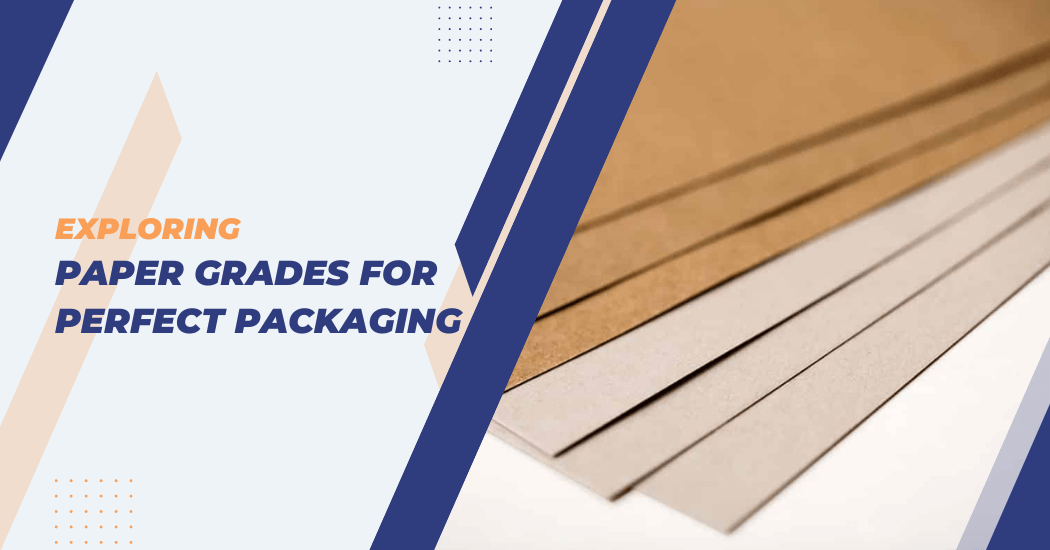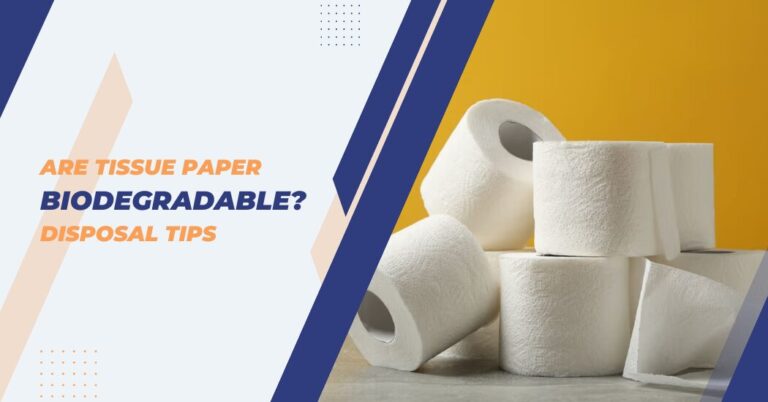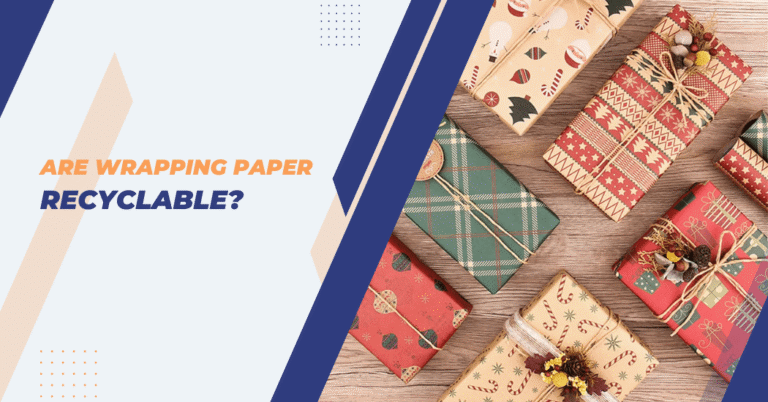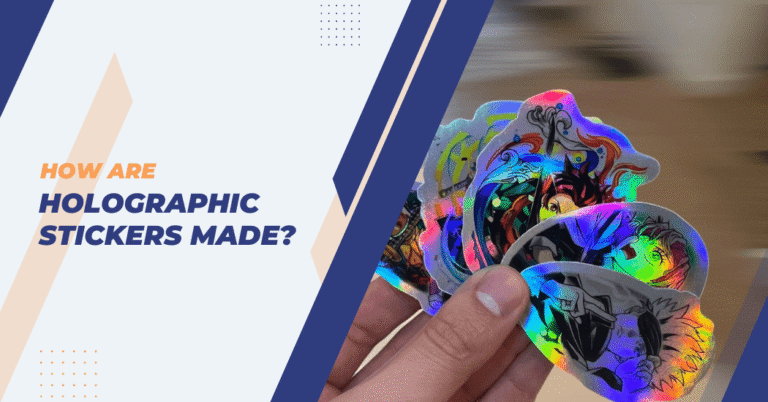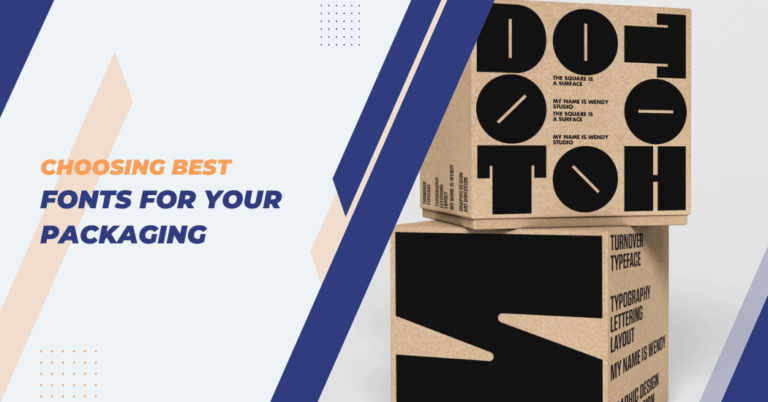Explanation About Paper Grades for Perfect Packaging in 2024!
In the realm of packaging, paper stands as an indispensable material, embodying versatility, sustainability and functionality. From protecting fragile goods to showcasing products with elegance, the choice of paper grade profoundly impacts packaging outcomes.
In this guide we delve into the nuanced world of paper grades, exploring their diverse characteristics, applications and significance in achieving perfect packaging solutions.
Whether it’s the corrugated board for shipping or luxurious paperboard for premium presentation, understanding the intricacies of paper grades is essential for optimizing packaging performance and meeting consumer expectations in today’s dynamic market landscape.
Understanding Paper Weights & Thickness
When it comes to paper grades, weight and thickness are two important factors that can greatly impact the packaging process and overall product quality.
Paper weight is typically measured in grams per square meter (gsm) or pounds, while thickness is measured in points. Here’s a quick breakdown of these units:
- Grams per Square Meter (gsm): This unit measures the weight of paper per square meter. Higher gsm indicates thicker and heavier paper, making it more durable for packaging purposes.
- Pounds (lbs): This unit is typically used to measure the weight of paper in North America. As with gsm, higher poundage signifies thicker and heavier paper.
- Points: One point equals 1/1000 of an inch and is used to measure the thickness of paper. The higher the points, the thicker the paper.
It’s important to note that different paper grades can have varying weights and thicknesses even if they are labeled with the same gsm or pounds, as these units do not always indicate density.
Paper Grades for Perfect Packaging
Paper grades are classified based on their unique characteristics and properties, making them suitable for specific packaging needs.
Let’s take a closer look at some of the most commonly used paper grades:
- Kraft Paper: This paper grade is known for its high strength and durability, making it ideal for heavy-duty packaging such as kraft boxes and bags. It is made from wood pulp and has a natural brown color but can also be bleached for a white appearance. The weight of kraft paper can range from 40 gsm to over 200 gsm, with thickness ranging from 0.1 mm to 0.6 mm.
- Ford Paper and Ivory Paper: These paper grades are made from chemical wood pulp and have a smooth, silky surface. They are commonly used for packaging high-end goods such as jewelry, watches and other luxury items. The weight of Ford paper can range from 200 gsm to over 400 gsm, with thickness ranging from 0.2 mm to 0.5 mm.
- Corrugated Board: This type of packaging material consists of three layers – a middle layer made of fluted (corrugated) paper and two outer flat layers made of linerboard. Corrugated board is known for its excellent shock-absorbing properties and is commonly used for shipping boxes, display stands and other packaging solutions. The weight of corrugated board can range from 150 gsm to over 500 gsm, with thickness ranging from 0.5 mm to 6 mm depending on the flute size.
- FBB (The Folding Box Board): This paper grade is known for its high bending stiffness and is commonly used for packaging luxury items such as chocolates, perfumes and electronics. It has a white surface and can range from 180 gsm to over 300 gsm, with thickness ranging from 0.2 mm to 0.4 mm.
- Paperboard: This paper grade is thicker and sturdier than standard paper, making it ideal for premium packaging such as high-end product boxes, folders and business cards. It comes in various finishes and can range from 200 gsm to over 400 gsm, with thickness ranging from 0.3 mm to 1 mm.
- Couche Paper: This paper grade is a type of coated paper and is commonly used for packaging high-end products such as apparel, electronics and other luxury items. It has a smooth, glossy surface and can range from 90 gsm to 200 gsm, with thickness ranging from 0.1 mm to 0.3 mm.
- Newsprint: As the name suggests, this paper grade is commonly used for printing newspapers and other publications. It has a low gsm of around 35 to 55, making it thinner and lighter compared to other grades. The thickness of newsprint can range from 0.05 mm to 0.1 mm.
- SBS Board: This stands for Solid Bleached Sulfate board and is made from bleached chemical pulp. It has a smooth, white surface and is commonly used for cosmetic packaging, food packaging and other high-end products that require a more luxurious look. The weight of SBS board can range from 180 gsm to over 500 gsm, with thickness ranging from 0.2 mm to 0.5 mm.
- CCNB (Clay Coated News Board): This paper grade is similar to SBS board but has a clay coating on one side, giving it a glossy finish. It is commonly used for packaging cosmetics, beauty products and other consumer goods. The weight of CCNB can range from 200 gsm to over 400 gsm, with thickness ranging from 0.3 mm to 1 mm.
- Bristol Paper: This paper grade is a type of cardstock and is known for its exceptional printing properties. It comes in various colors, textures and finishes and is commonly used for business cards, postcards, book covers and other high-quality print materials. The weight of Bristol paper can range from 100 gsm to 300 gsm, with thickness ranging from 0.1 mm to 0.3 mm.
- Decal Paper: This paper grade is specifically designed for use with decals, making it perfect for packaging products that require custom labels and designs. It has a white surface and can range from 100 gsm to 200 gsm, with thickness ranging from 0.1 mm to 0.3 mm.
With the variety of paper grades available, businesses have the flexibility to choose the most suitable option for their packaging needs. Whether it’s for durability, aesthetics or functionality, paper grades play a crucial role in creating the perfect packaging solution.
So next time you’re choosing paper for your packaging needs, consider these different grades and their unique characteristics to make an informed decision.
Factors to Consider When Choosing Paper Grades for Packaging
When selecting the right paper grade for packaging, several factors need to be taken into account:
- Strength and Durability: Different packaging requirements call for different levels of strength and durability. For heavy-duty packaging, a stronger paper grade such as kraft paper or corrugated board would be more suitable.
- Appearance: The appearance of the packaging is an important aspect to consider, especially for luxury products. Paper grades like Ford paper and SBS board can provide a more premium look with their smooth, glossy surfaces.
- Printing Properties: If the packaging requires custom labels or designs, it’s important to choose a paper grade with good printing properties. Bristol paper and decal paper are examples of grades that offer excellent printability.
- Sustainability: With increasing awareness about environmental concerns, many businesses are opting for sustainable packaging solutions. Paper grades made from recycled materials or certified by sustainable organizations can be a more eco-friendly option.
- Cost: Finally, the cost of the paper grade also plays a significant role in decision-making. Generally, heavier and thicker grades tend to be more expensive, so it’s important to strike a balance between quality and budget.
By considering these factors and understanding the different characteristics of each paper grade, businesses can make informed decisions when choosing the best packaging material for their products.
So, next time you’re choosing paper for your packaging needs, make sure to keep these factors in mind to create eye-catching and functional packaging that meets your specific requirements.
Significance of Paper Grades in Packaging
The choice of paper grade plays a crucial role in determining the overall performance and success of packaging solutions. Here are some key ways that paper grades impact packaging:
- Protection: The right paper grade ensures that products are well-protected during shipping and handling. For example, corrugated board has excellent cushioning properties, making it ideal for fragile items.
- Brand image: Packaging is often the first point of contact between a product and its potential customers. A premium paper grade can help enhance the perceived value and quality of the product, influencing purchasing decisions.
- Functionality: Different paper grades offer unique functionalities, such as moisture resistance, breathability and barrier properties. These characteristics are essential in preserving the quality and freshness of food products.
- Versatility: With a wide range of paper grades available, businesses have the flexibility to choose a grade that caters to their specific packaging needs. This versatility allows for creativity and customization in packaging design.
From protecting products to creating a positive brand image, paper grades play a significant role in the functionality and success of packaging solutions.
It’s important for businesses to carefully consider their options and choose the most suitable grade for their specific requirements.
Tips for Choosing the Right Paper Grade for Packaging
Here are some additional tips to keep in mind when selecting a paper grade for packaging:
- Test different grades: To determine which paper grade best meets your needs, test samples of each grade and compare their performance. This will help you see firsthand how each grade behaves under different conditions.
- Consider storage and shipping requirements: Factors like humidity, temperature and weight of the packaged product can impact the choice of paper grade. Be sure to consider these variables when making a decision.
- Think long-term: Before choosing a paper grade based on cost alone, consider the potential long-term effects. Low-quality packaging could result in damaged products or negative customer perceptions, ultimately impacting sales and revenue.
- Consult with suppliers: Packaging material suppliers are experts in their field and can offer valuable insights and recommendations on the best paper grades for your products. Don’t hesitate to seek their advice.
By considering these tips, businesses can make well-informed decisions when selecting a paper grade for their packaging needs.
Ultimately, choosing the right grade is crucial in creating attractive, functional and cost-effective packaging solutions.
Comparison of Different Paper Grades
| Paper Grade | Common Uses | Weight Range (GSM) | Thickness Range (mm) |
|---|---|---|---|
| Kraft Paper | Shopping bags, envelopes, corrugated board liner | 60 – 300+ | 0.08 – 0.4+ |
| Cardstock | Business cards, postcards, book covers | 80 – 400+ | 0.1 – 0.6+ |
| CCNB | Cosmetic and beauty product packaging | 200 – 400+ | 0.3 – 1 |
| Bristol Paper | Business cards, postcards, book covers | 100 – 300 | 0.1 – 0.3 |
| Decal Paper | Custom labels and designs | 100 – 200 | 0.1 – 0.3 |
| SBS Board | High-end packaging, cartons, rigid boxes | 200 – 400+ | 0.3 – 1 |
By comparing the different paper grades, businesses can better understand their unique properties and determine which grade would be best suited for their packaging needs.
Each grade has its strengths and purposes, making it important to carefully consider all options before making a final decision.
FAQs – Paper Grades
How does the grade of the paper affect packaging performance?
The grade of the paper can impact packaging performance in various ways. For example, a heavier and thicker paper grade may provide better protection for products during shipping and handling.
On the other hand, a premium paper grade can enhance the perceived value and quality of the product, influencing purchasing decisions.
Are there any sustainable options for paper grades in packaging?
Yes, there are several sustainable options for paper grades in packaging. Some examples include recycled paper, FSC-certified paper and biodegradable or compostable paper.
These eco-friendly options can help businesses reduce their carbon footprint and meet consumer demand for environmentally responsible packaging solutions.
Can different paper grades be combined in one packaging solution?
Yes, it is possible to combine different paper grades in one packaging solution. For example, a corrugated board may have a kraft paper outer layer for strength and protection, while the inner layers could be made of recycled paper for sustainability.
This combination allows businesses to leverage the unique properties of each grade to create an efficient and customized packaging solution.
How can I determine the appropriate paper grade for my packaging needs?
Determining the appropriate paper grade for packaging depends on several factors, including the type of product being packaged, transportation requirements, desired aesthetics and environmental considerations.
Consulting with packaging experts or suppliers can help identify the most suitable paper grade for specific packaging requirements.
Are there regulations or standards governing the use of paper grades in packaging?
There are various regulations and standards governing the use of paper grades in packaging. These may include requirements for food contact materials, sustainability certifications and recycling guidelines.
Businesses need to stay informed and ensure compliance with these regulations when selecting a paper grade for packaging.
Additionally, some industries may have specific standards or guidelines for packaging materials that should be considered as well.
Final Words
In conclusion, selecting the right paper grades for perfect packaging is essential for ensuring the integrity, presentation and protection of your products.
By understanding the various factors discussed in this guide, including strength, durability, printability and sustainability, you can make informed decisions that align with your packaging needs and values.
Whether you’re packaging delicate items, heavy goods or perishable products, there’s a paper grade suited to your requirements.
Remember, the right choice of paper grade can enhance your brand image, reduce environmental impact and ultimately contribute to a positive customer experience. May this guide serve as a valuable resource in your quest for the perfect packaging solution.
